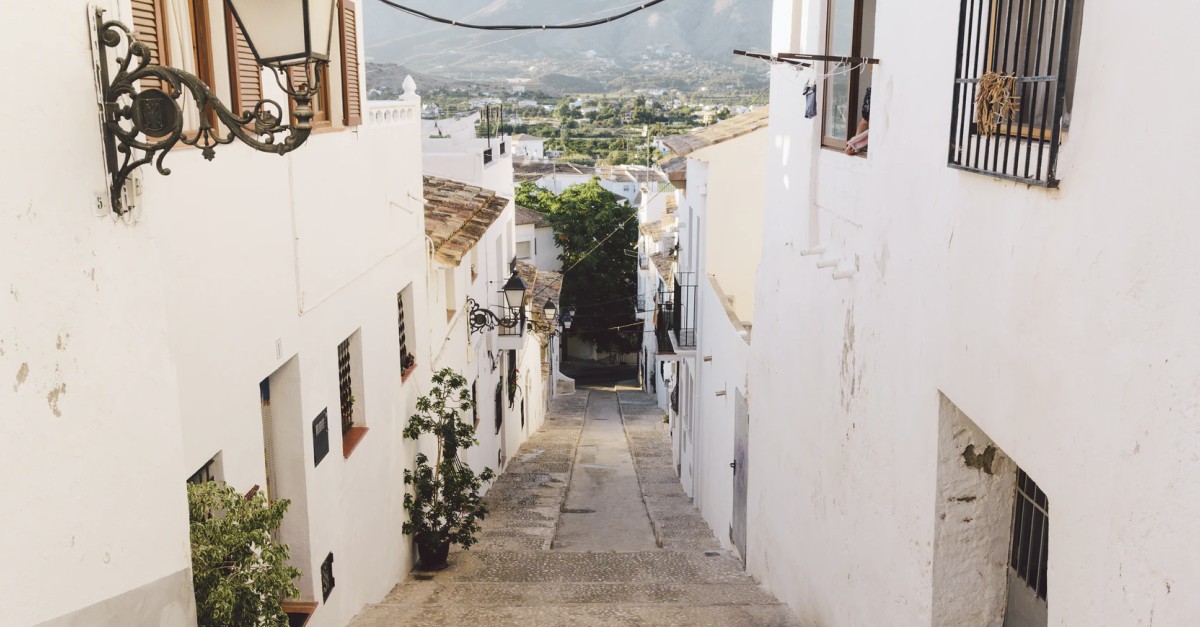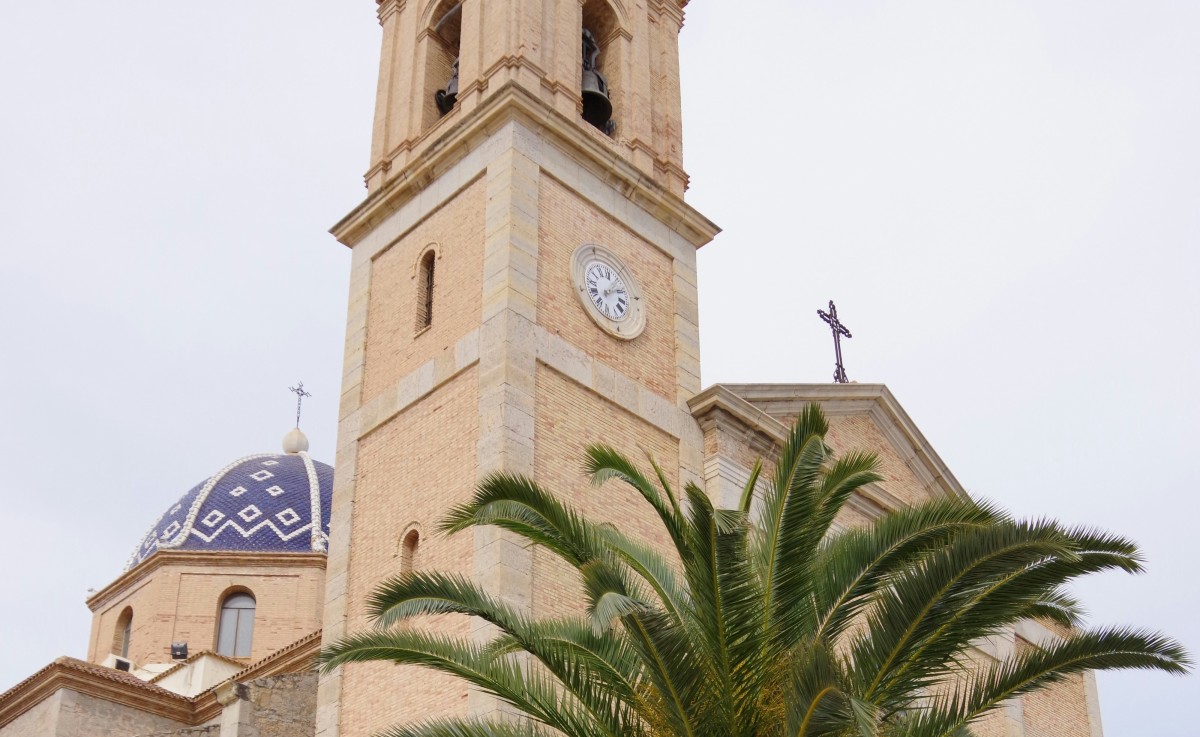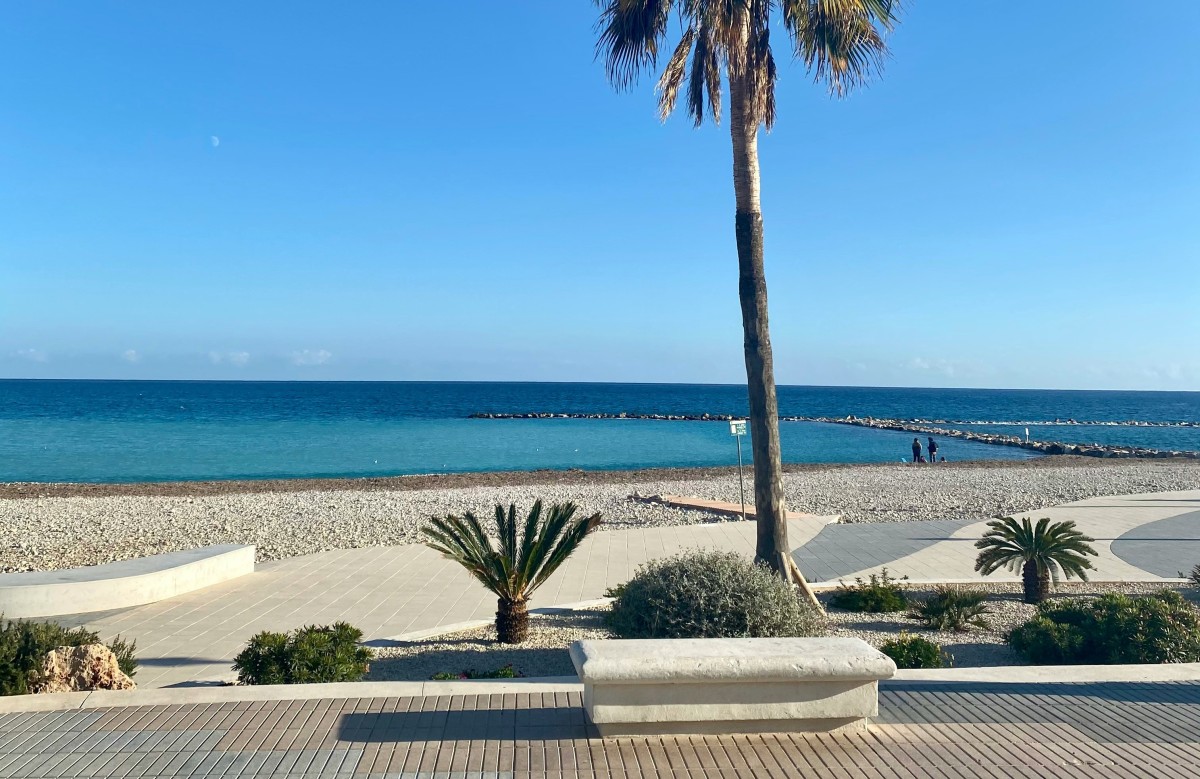
Altea is a must-mention when talking about the most beautiful places on the Costa Blanca. Nicknamed the 'Santorini of Spain', it is a favourite for many thanks to its picture-postcard whitewashed houses and cobbled streets. Living in Altea also gives you the chance to enjoy this stunning part of the Mediterranean coastline, exploring its rocky coves and white sand beaches.
What is it like to live in Altea?
Living in Altea, a charming town on Spain's Costa Blanca, offers a relaxed and picturesque lifestyle characterized by beautiful coastlines, a historic old town, and a pleasant Mediterranean climate. The town boasts a vibrant cultural scene with numerous art galleries, festivals, and the Palau Altea Centre d'Arts. Residents enjoy a variety of dining options featuring fresh seafood and local cuisine, along with local markets.
Living in Altea, and Costa Blanca in general, provides ample opportunities for outdoor activities like hiking, cycling, and water sports. With quality schools, healthcare facilities, and a welcoming community, Altea combines traditional Spanish charm with modern amenities, making it an attractive place to live.
Things to do in Altea
What to see
- Altea's old town makes it one of the quaintest towns in Alicante, with a very rich architectural heritage. Historic sites include the Church of Nuestra Señora del Consuelo, the Orthodox Temple of Archangel Michael (the first Orthodox church in Spain), the Tower of la Galera, the Casal del Festero Museum and the Maritime Museum.
- Altea's beaches are most enjoyed in this municipality of the Marina Baja region because the low tide and daylight last long. Some must-sees are the beaches of Granadella and Solsida, the natural waterfalls and pools of Les Fonts d'Algar, and the coves of Sardinera and Cala de Llebeig.
Activities
- Outdoors
- Sports: One may go do canyoning in the river Mela, kayak or catamaran excursions, a buggy tour through the jungles of Costa Blanca, or a trail walk to the ruins of Fort de Bernia and Castell de Guadalest.
- Fiestas: They happen all year, but especially in the summer (ie: the Craft Fair or Sant Lorenç), and attendees are encouraged to dress up and dance well into the night, down the crowded streets or next to bonfires at the beach.
- Indoors
- For the foodies: locals pride themselves on the flavour they gain from cooking fresh local produce for long simmering hours. An example of this is the glorious pan-to-share paella with anchovies.
- For the cosmopolitans: one mustn't forget that Altea, despite enjoying the pleasures of the Mediterranean shore, also comes equipped with big-city amenities, both for daily utility like large supermarkets (in fact, 98% of inhabitants live near a supermarket), but also in entertainment with a range escape rooms and local theatres.
- For the pious: or simply those seeking to lay down roots in their local community, mass starts at 6/7pm or at 10 am on Sundays.
Altea: property for sale
Whether you want to try renting a place to explore this natural oasis, or make a bigger leap and buy a second home, we have property listings in Altea for all needs and prices below. Explore property in the historic old town, in the luxury Altea Hills or the quaint, more rural Altea la Vella.

Frequently Asked Questions (FAQs)
Where is Altea in Spain?
Altea is located on the Costa Blanca in the province of Alicante, within the Valencian Community of southeastern Spain. It's situated between Benidorm to the south and Calpe to the north, along the Mediterranean coastline.
Is Altea lively?
Nightlife picks up the most when the weather becomes more favourable. The livelier areas are found in the old town near the churches and Plaza Mayor. There are bars here or clubs like the Mascarada, a dark den of Latin music decorated with masks all along the walls. In the cold, people prefer to frequent indoor jazz or flamenco taverns. The most amusing events happen when crows are likely to gather, so make sure to check our Spain national holidays 2025 calendar when planning a trip if you're looking for rowdy fun.
Is Altea better than Calpe?
- Calpe is a 20-minute bus ride away for 1€.
- Calpe has sand beaches in comparison to the stones of Altea, so it's choice between the soft feel beneath the feet or the fishpond-clarity of the water that stony beaches have.
- Calpe is larger, so it may offer more variety of places to eat and visit for those that are hesitant to visit this coastal area for the first time. But both are great options to hike and explore nature in, because they're less residential than even bigger cities like Elche.
- Seasonal housing: Second-home rentals have increased in the area by 29% in both, which means that during the off-season, there's a bigger variety of people to live alongside. Of course, summer is for work, so the advantage is that holidays happen at random parts of the year - vacations are cheaper and less crowded wherever they go, and their hometown is active and vibrant when they come back.
How far is Altea from Benidorm and Alicante?
When considering if this quiet town is worth going to, many compare it to the bustling city of Benidorm. Many say that while the former is for parties, Altea is for love. Luckily, many can commit to a more private day-to-day schedule during the week and when they want to 'Keep up with the Jones's'; travel to Benidorm which is 12min away by tram for a fare of 2€.
- Nearest cities are Benidorm, Villajoyosa and Alicante. For the last two mentioned, it takes about an hour in bus to get there for less than 5€. Many travel because they find better connections to airports in Alicante or move around the coast later in search of new restaurants to try, or to enjoy some of the 159 Blue Flag beaches that Valencia has to offer.
- Find flats and houses for sale in Villajoyosa and rental properties. Or for getaway options, see holiday rental alternatives.
- Find flats and houses for sale in Alicante and rental properties. Or for getaway options, see holiday rental alternatives.
- Find flats and houses for sale in Benidorm and rental properties. Or for getaway options, see holiday rental alternatives.
What is Altea like in winter?
The rainy season here happens around March at 17mm, the coldest between January and December (although it rarely goes below 10°C), and the hottest is between July and August, reaching daily heights of 32°C. Winter in Altea is windy and cool, and yet the locals appreciate the reduced crowds and familial atmosphere in welcomes.
How much does it cost to live in Altea, Spain?
Since beach towns rely heavily on tourism, prices for renting beach chairs or taking a taxi may be cheaper the rest of the year. Water bills can be high. It only costs around 25€ a month in an apartment, but can be a lot more in those bigger homes with pools and many residents. Gas is around €1,55 per litre. Basic items like bread can be bought for €1, wine is regional and cheap, and eating out can range from €30 to €50. However, those who live here know to avoid the more popular streets, checking out the seafood restaurants on smaller streets and higher up in the hills.
Property prices in Altea in March 2025 averaged €3,201 per m2, and renting an apartment was around €12.0 per m2, which comes out to €960 per month. Altea Hills tends to be the priciest area to live in, while the old town has more affordable options.
Is Altea very touristy?
With its green mountain landscapes and deep teal Mediterranean Sea, its gastronomy and its candid people, Alicante is the ideal place for nature lovers and lovers themselves. Tourists come from the nation or further abroad, they're well-behaved and respect the local traditions, for they know it'll only benefit them in turn. Many who live in the Costa Blanca area either choose to settle down or are there for short periods of the year. Locals also move around often, to escape the rowdiest season, since the line 9 tram connects Altea to the rest of Costa Blanca. Check out what surrounds Altea in our comprehensive list of the most beautiful villages in Alicante.
